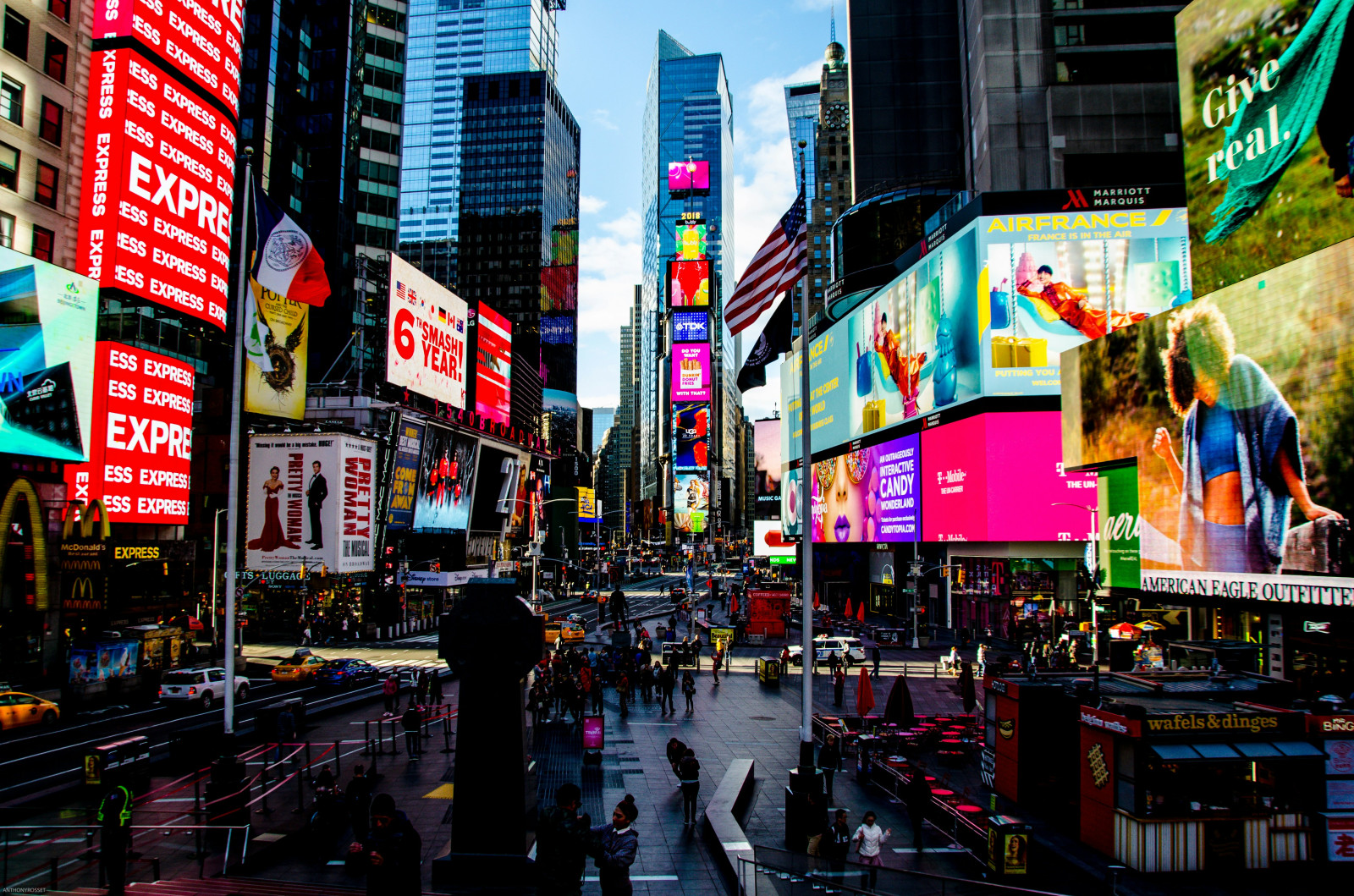The ad monetisation trap and what it means for video

Photo: Anthony Rosset

Ads in subscription video on demand (SVOD) have now become normalised. In Q1 2024, Amazon Prime became the latest service to push ads onto its standard SVOD plan, following the lead of competitors Netflix and Disney. All are responding to the competitive threat posed by the Direct-to-consumer disruptors of the 2019-2021 period, who launched with ad-supported SVOD plans as their standard subscription package for consumers.
The mainstream adoption of SVOD has brought the TV industry into the streaming era, and it has dramatically increased the inherent tensions between D2C and legacy linear and box office revenue models. This, combined with increasing price sensitivity for both distributors (escalating costs of delivery as well as commissioning and licensing) and consumers (through an on-going cost-of-living crisis driven by inflation), creates a challenging environment. The result is that all mainstream SVOD services are now following pioneer Hulu (which went to a hybrid model in 2016) by replicating the pay-TV monetisation models of the pre-Netflix era. Another key driving point for the roll out of ad-supported SVOD has been the need to reach lower-income markets where ad-supported SVOD is frequently the only affordable proposition for consumers familiar with free-to-air TV or its digital successor YouTube.
Ads are now ubiquitous but do they make strategic sense?
Featured Report
Podcasts as a key information source Implications for media companies
Podcasts have begun to rival traditional media as a key source of news and political information for podcast listeners, especially among millennials and Gen Z. To stay relevant, traditional media must...
Find out more…
SVOD global leader and industry change driver Netflix launched its streaming proposition heavily focused on providing an ad-free experience. However, a combination of the mainstreaming of SVOD, alongside older demographics adopting it, has brought traditional TV behavioural expectations to streaming. Familiarity with ads in free-to-air and pay-TV has conditioned consumers to expect and tolerate ads in all TV experiences. This default expectation and tolerance is a monetisation opportunity that most of the D2C challengers understood from the start of their operations, and it allowed them to migrate traditional broadcast advertising relationships into their emerging streaming video ecosystems.
However, inserting ads into streaming TV risks replicating the errors of traditional TV monetisation. Ads are tolerated, rather than welcomed by consumers, with only a niche number actively welcoming the opportunity to become aware of brands and product info. SVOD commissioning has been free of the traditional straitjacket of hour-long episodes minus the mandated quarterly ad breaks, but ad insertion now means an intrusion on the story-telling experience. Combine this with ads being inserted on top of a pre-existing subscription cost, and the resentments that have fuelled cable-cutting over the previous decade are being primed to motivate savvy switching digital consumers.
Shoe-horning in old world ad models is also ignoring the transformative potential being unleashed by AI. This new technology is able to deliver bespoke relevant ad insertion and even AI-generated commercial sponsor content. MIDiA’s consumer research consistently shows that consumers are ultimately open to relevant advertising so long as it is in alignment with their needs and values.
Ultimately, streaming TV should be mindful that ads in SVOD can only ever be an interim stop gap. The goal is to move towards providing digitally native information exchanges from sponsors cognizant of the sophistication and tastes of consumers. Consumers are now aware of their own value, and how much they are investing financially, data-wise, and timewise into their own personalised streaming TV experience.

The discussion around this post has not yet got started, be the first to add an opinion.